This gallery shows 24+ high-quality and best-resolution Ant PNG Images, Vectors, Stickers, logos, Icons, and Clipart Pictures with transparent backgrounds. Free download all these Ant PNG images for graphic design, projects, presentations, web design, editing, and other works.
Ant PNG Images:

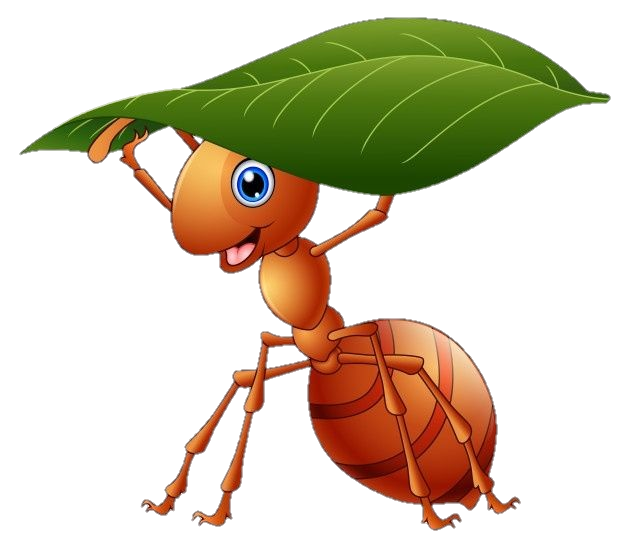
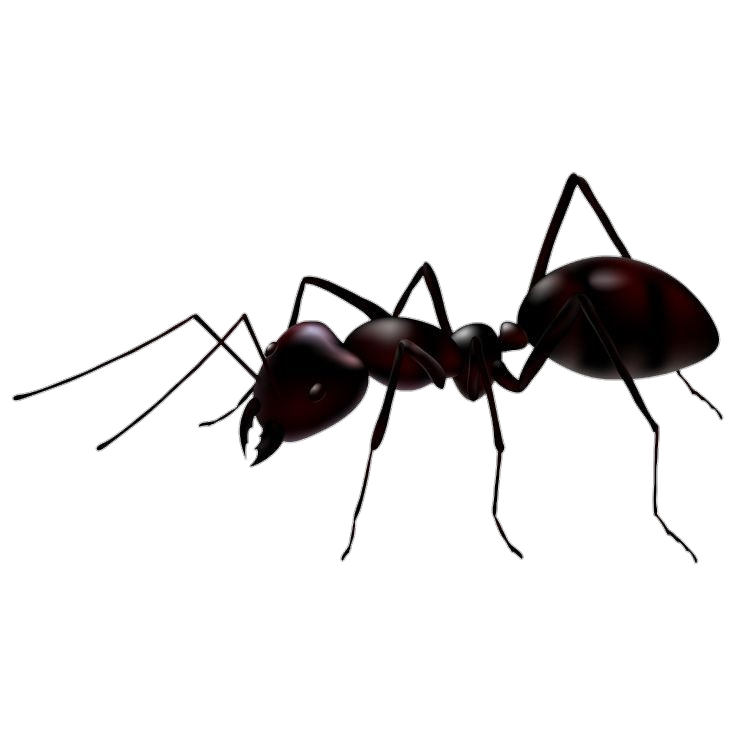
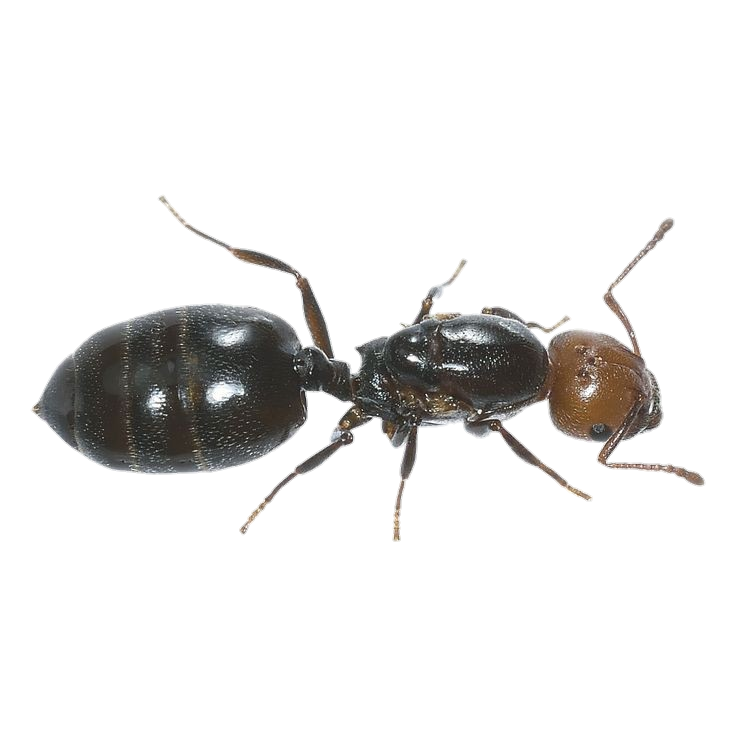
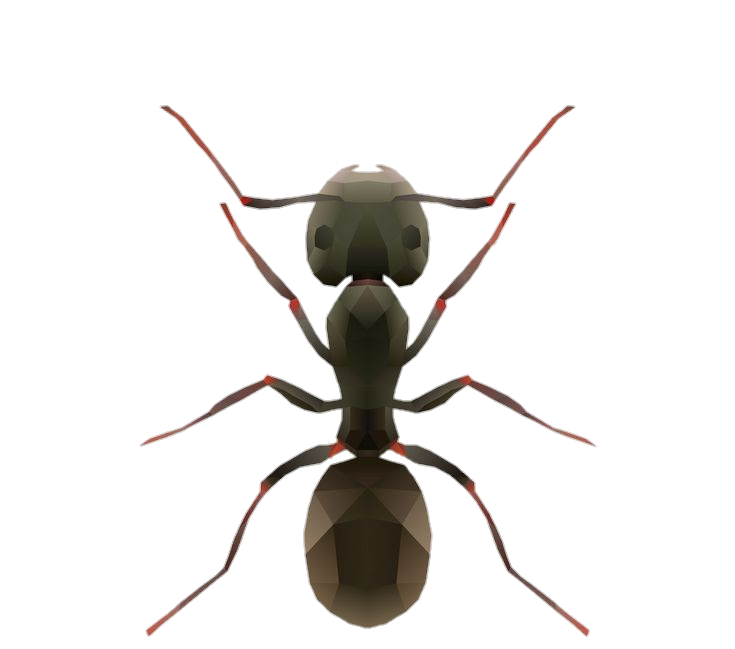
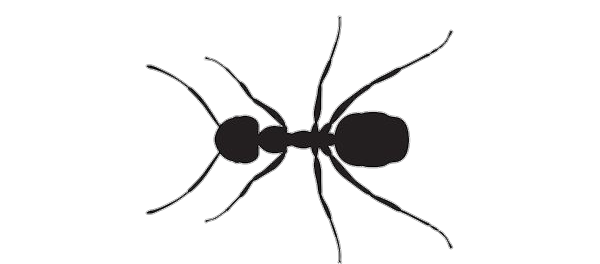
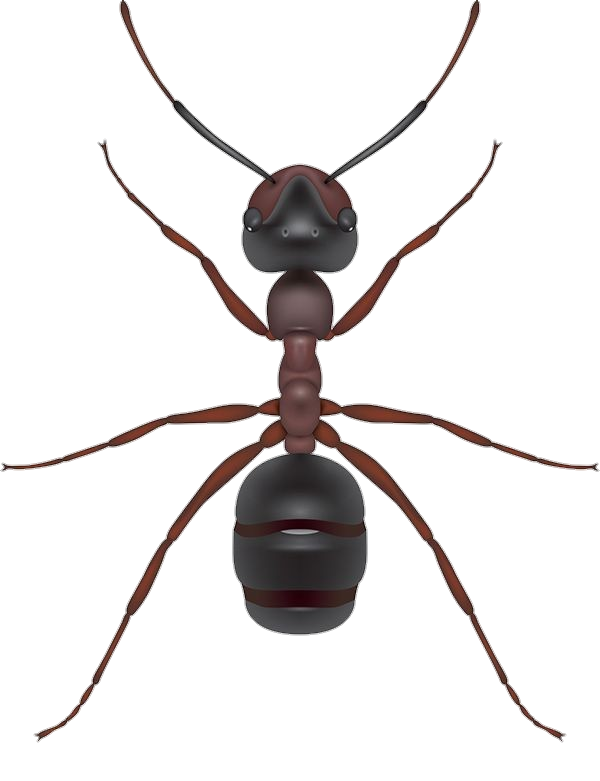
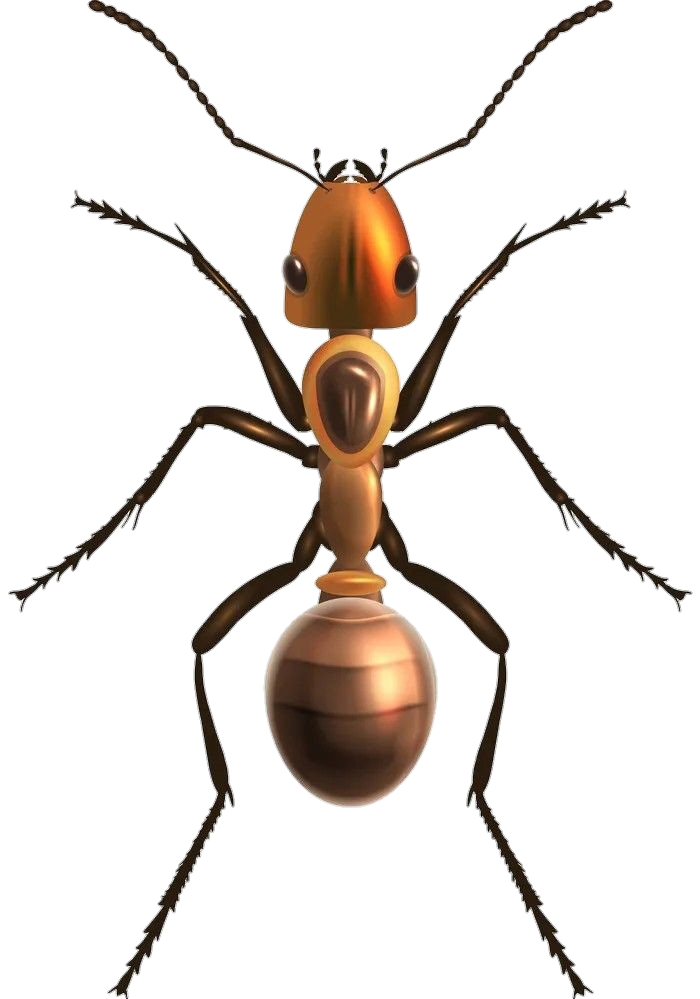
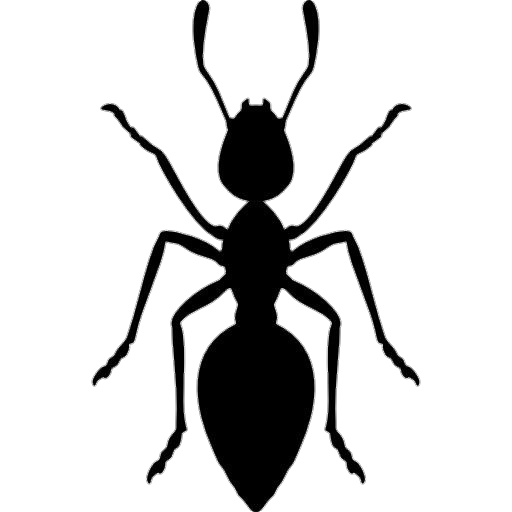
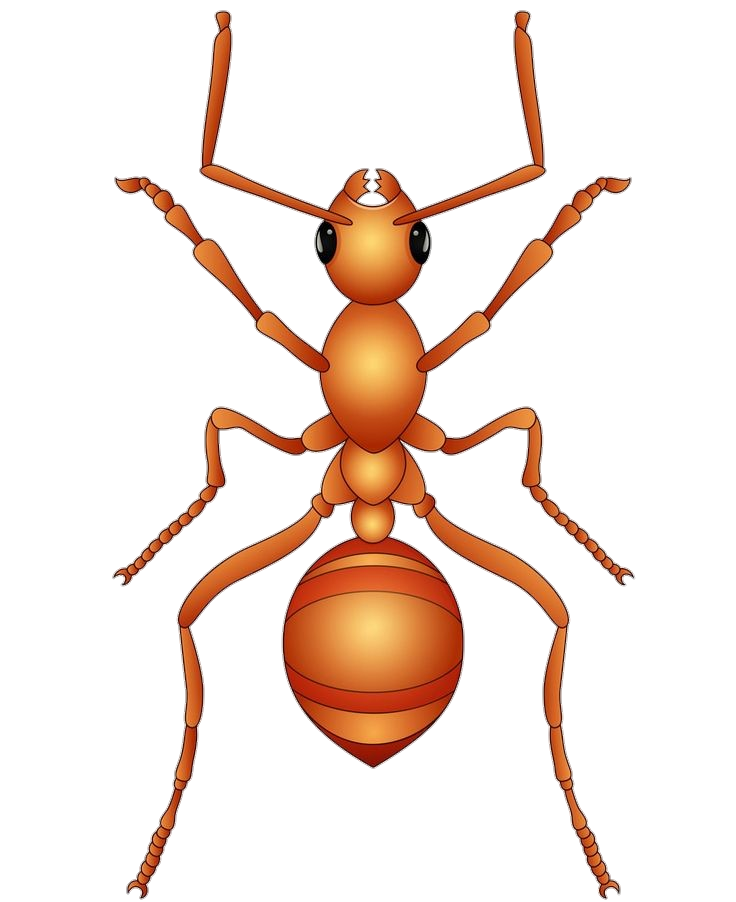
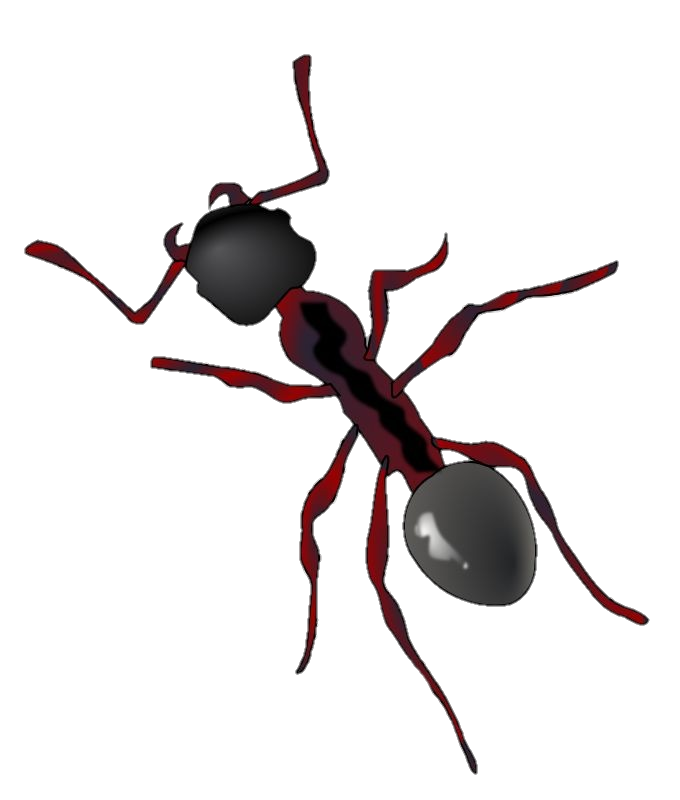
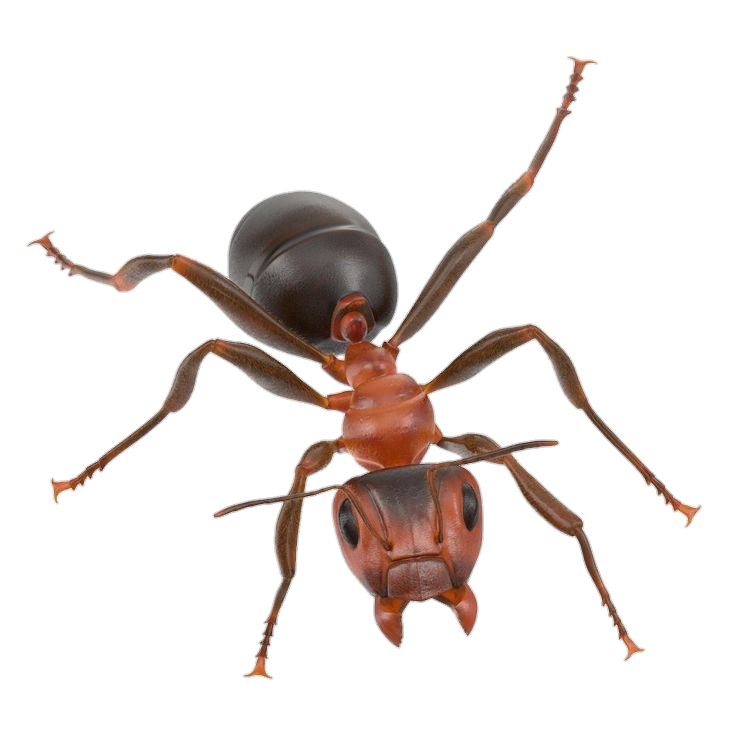
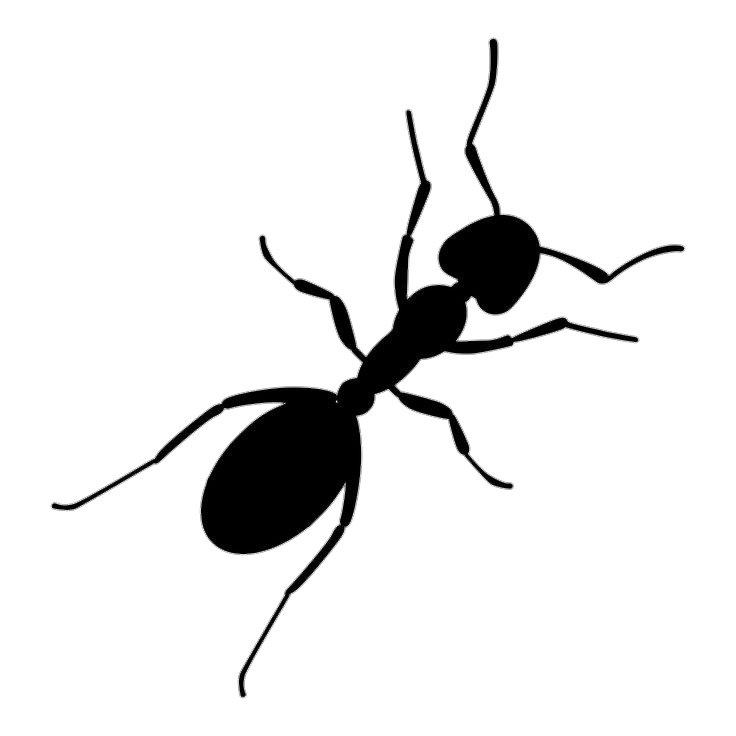
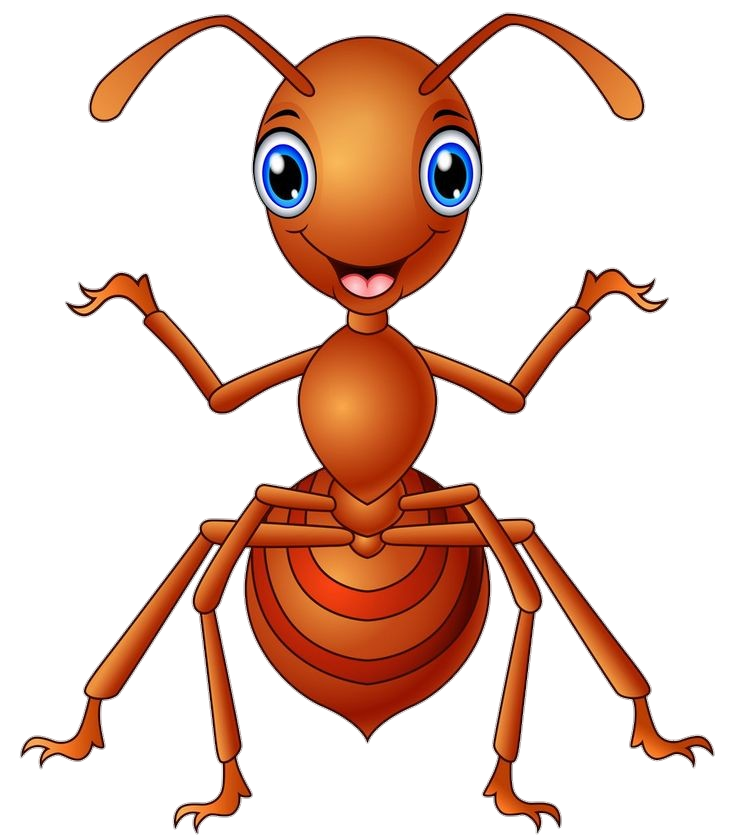
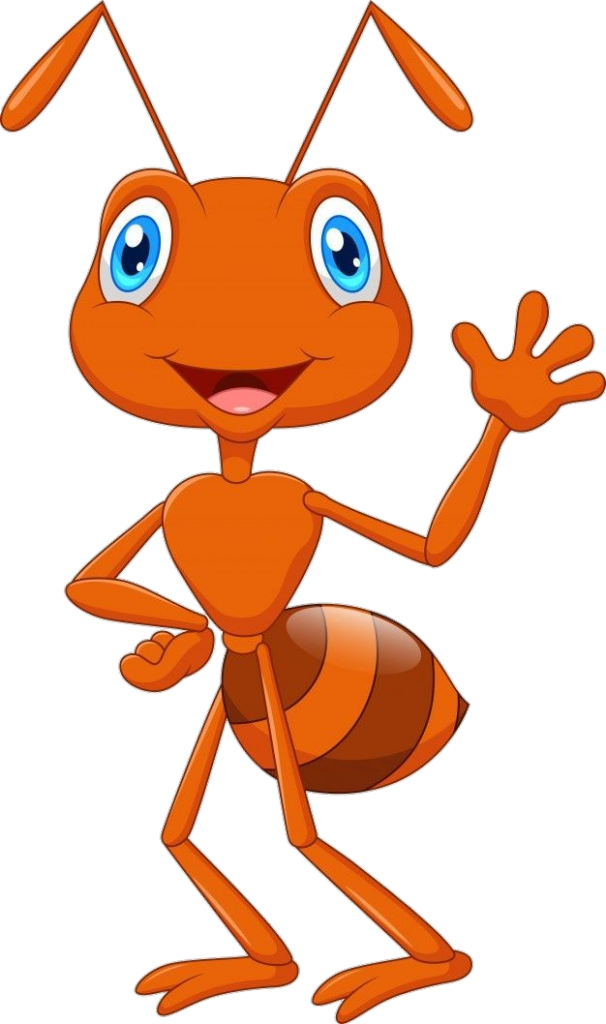
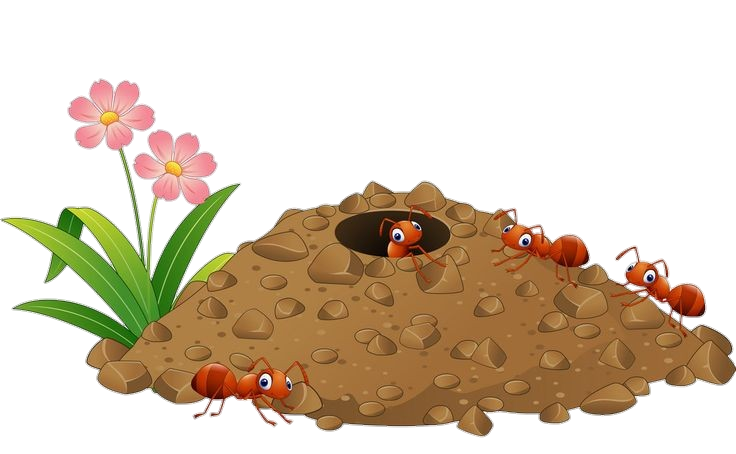
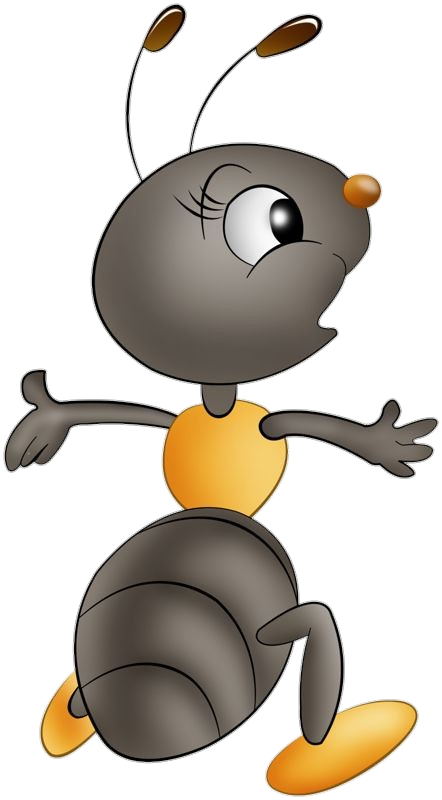
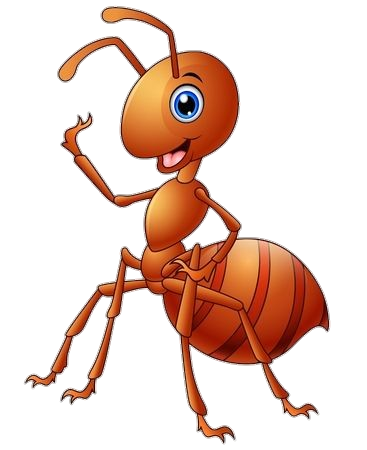
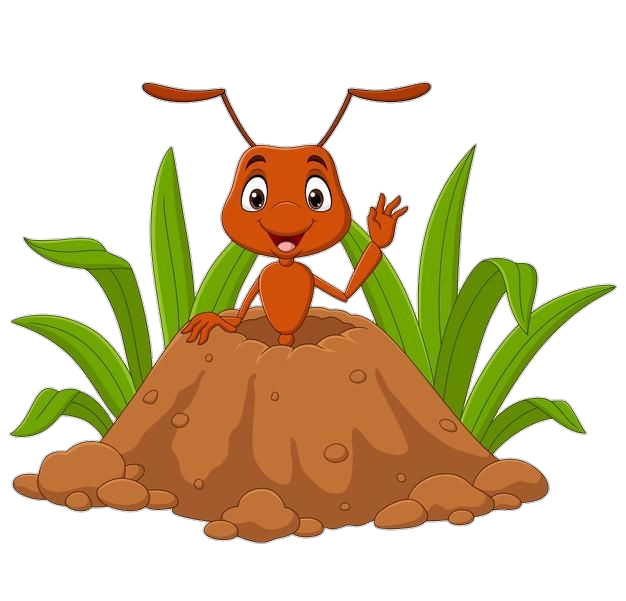
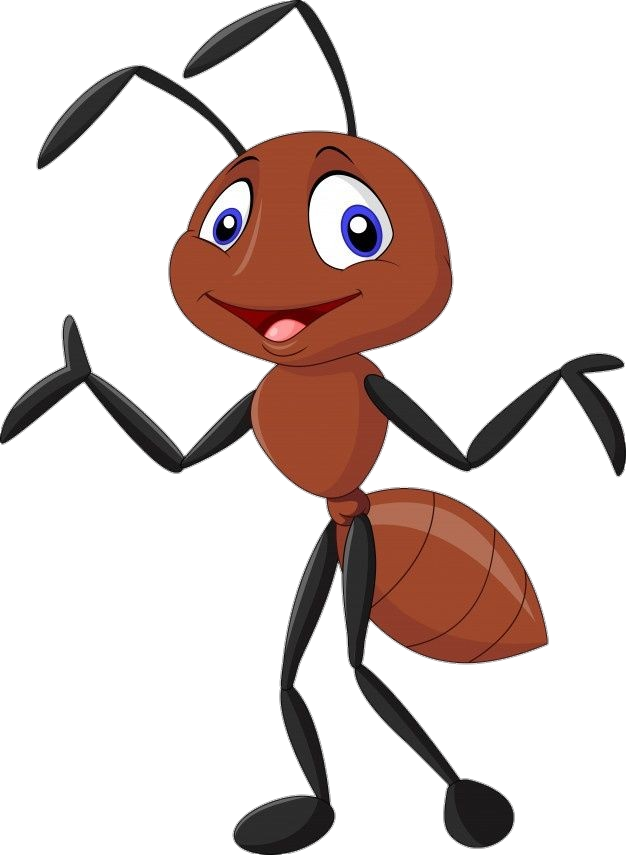
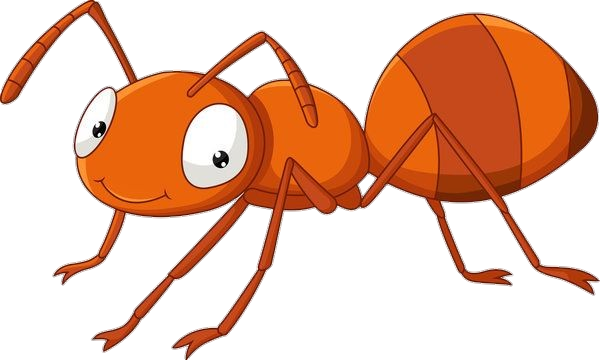
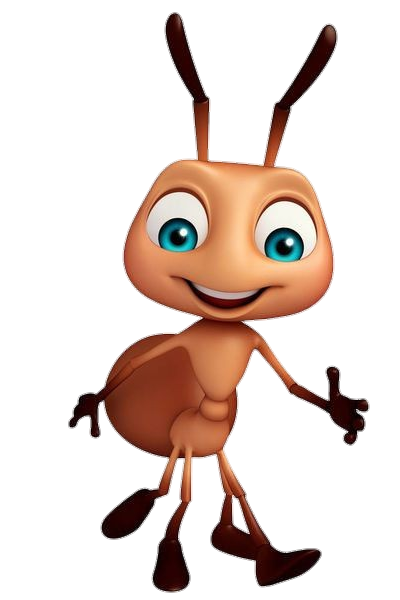
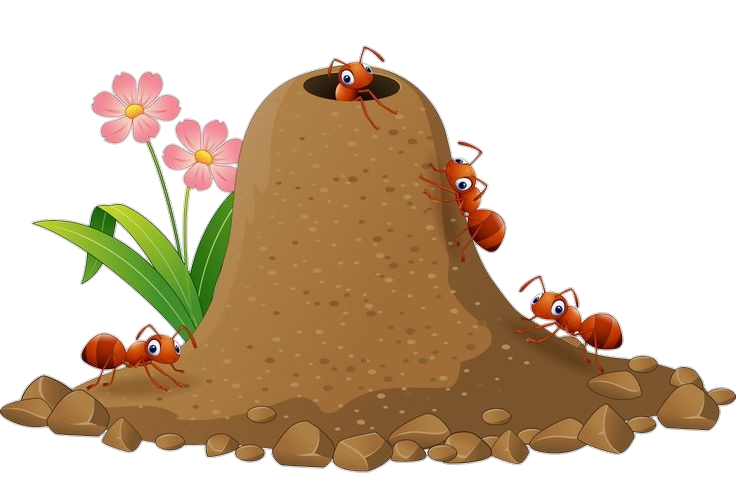

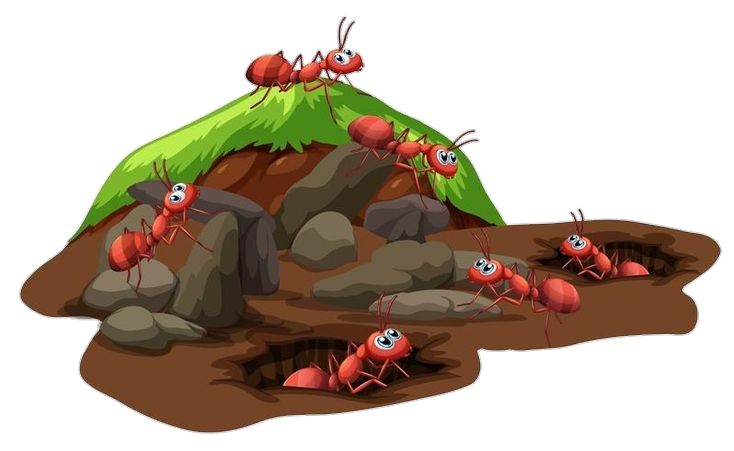
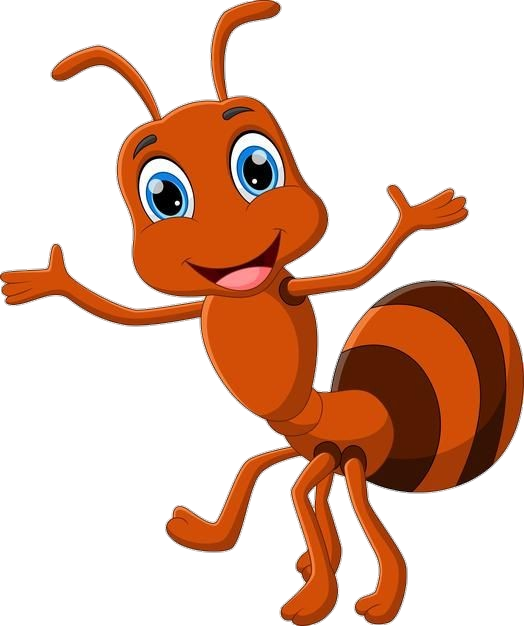
Ants are small but incredibly fascinating creatures that inhabit nearly every corner of the planet. They belong to the order Hymenoptera and are known for their complex social structures, division of labor, and remarkable problem-solving abilities. Despite their tiny size, ants play a vital role in various ecosystems and have captivated the interest of scientists and nature enthusiasts alike.
There are over 12,000 known species of ants, and they come in a wide range of shapes, sizes, and colors. From the minute Pharaoh ant measuring only 2 millimeters to the impressive Bulldog ant reaching up to 40 millimeters, ants have adapted to diverse habitats worldwide. They exhibit remarkable adaptations, such as powerful jaws for defense and gathering food, chemoreceptors to detect pheromones for communication, and specialized structures like the leafcutter ants’ mandibles designed for cutting and transporting leaves.
One of the most intriguing aspects of ants is their sophisticated social organization. Ants live in colonies, ranging from a few dozen individuals to supercolonies with millions of ants. Each colony is typically led by a queen, whose primary role is reproduction, while male ants (drones) are responsible for mating. Most ants in a colony are female workers, divided into different castes based on their responsibilities. These castes include foragers, nurses, soldiers, and more, each with a specific task to ensure the colony’s survival and growth.
Ants communicate through chemical signals called pheromones, which they release and detect using specialized sensory organs. These pheromones are crucial in various aspects of ant life, including marking trails, recognizing nestmates, and coordinating collective tasks. Through this communication, ants establish an intricate division of labor. For example, some ants specialize in foraging for food, while others tend to the queen and brood. This division of labor ensures the efficient utilization of resources and enhances the colony’s overall productivity.
Ants exhibit impressive architectural skills, constructing intricate nests that vary greatly depending on the species. Some ants build simple underground caves, while others create elaborate structures like leaf nests or ant hills. Leafcutter ants, for instance, are known for their intricate underground fungus gardens, where they cultivate a specialized fungus as a food source. The nests also protect from predators and adverse weather conditions, contributing to the overall survival and well-being of the colony.
Ants play a crucial role in various ecosystems. They act as decomposers, consuming dead organic matter and aiding in nutrient recycling. Ants also disperse seeds, contributing to plant diversity and forest regeneration. Some ants are predators, controlling populations of insects and other invertebrates, while others engage in mutualistic relationships with certain plant species. Their ability to modify habitats through nest-building and soil aeration further influences ecosystem dynamics.
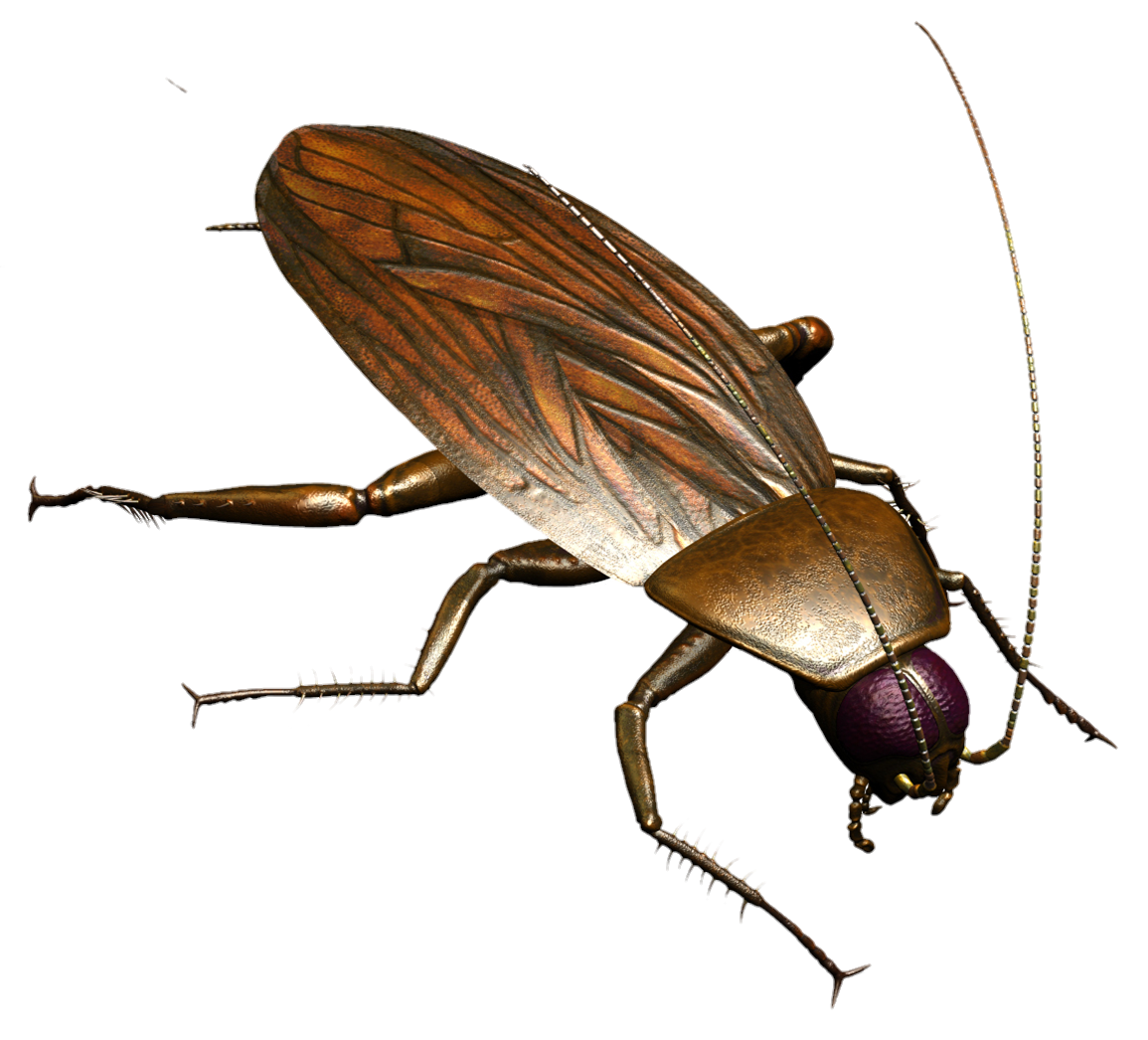
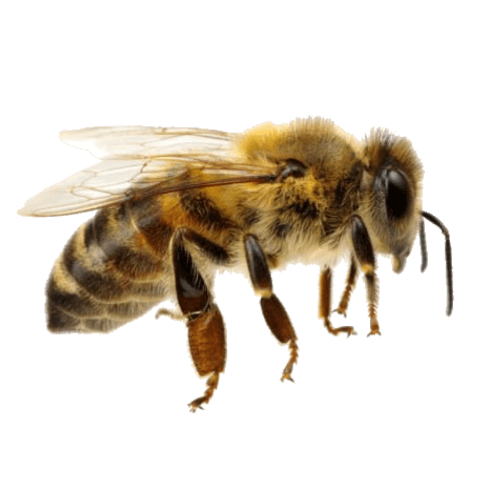

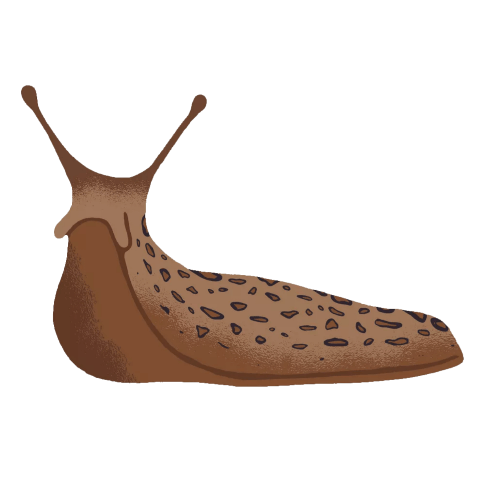
Leave a Comment
Instagram